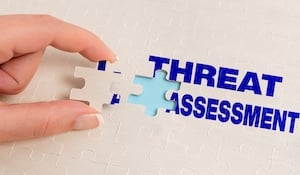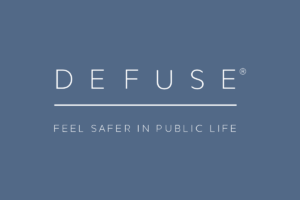The security industry is growing rapidly and with it, new terms and titles are becoming popularised.
Security Consultant is a well-known term for those providing consultancy services, some being generalists and others offering more specific advice.
The Association of Security Consultants lists several specialities, including Physical Security Consultant, CCTV Consultant, Terrorism Consultancy / Counter Terrorism Consultancy, Asset Protection Consultant, Event Security Management /Crowd Management Consultant, Cyber Security Consultant, and many others.
In essence, a security consultant is an individual or group of individuals who specialise in some field of the security industry.
Threat Assessment and Management (TAM) is a specialism in itself. TAM professionals are involved in threat and violence risk assessment. They are specifically trained to address such issues as fixated people, stalking, threats, disputes, harmful workplace behaviour and lone actor threats.
The Association of Threat Management Professionals (ATAP) is our professional body, with regional groups including Europe. Africa, Canada, Asia Pacific.
Where those individuals engage in non-violent behaviour, TAM consultants can help to mitigate the threat posed by advising on communication and engagement strategies to de-escalate persons of concern.
One of the main differences between the conventional security consultants and a TAM professional is that TAM include professionals from a variety of fields including law enforcement, prosecutors, mental health professionals, corporate security experts, probation and parole officers and others.
TAM professionals focus on an identified individual or person of concern. This means that they are not searching for anyone who may pose a threat but are looking at identified people to ascertain whether they pose a threat to a specific target, be that a person, organisation, or venue. The processes used are preventative rather than predictive.
TAM professionals will utilise protective intelligence and protective security to keep their clients safe.
The process is divided into three parts, identification, assessment, and management.
The initial phase is to identify individuals who have come to the attention of others and who may have patterns of thinking and behaviour of concern.
The next phase is the assessment. This phase focuses on an individual or person of concern’s patterns of thinking and behaviour to determine whether, and to what extent, he or she is moving toward an attack on an identifiable target.
The management phase is designed to disrupt or prevent an act of targeted violence by introducing interventions and strategies to counter the person of concern’s behaviour.
Behavioural threat assessment and management has been the subject of intense academic and operational scrutiny and research originating with the US Secret Service in the 1990’s and the research continues to update and improve the processes used, as well as focussing on specific issues such as the toxicity in the workplace and the behaviours of concern that if identified and reported can help prevent escalation.
Behavioural threat assessment and management is highly effective in protecting prominent people and those in the public eye and can be helpful to those charged with providing the physical protection to understand which individuals that come to notice they should focus on.
They may be aware of individuals who are making threats or being abusive and cause reputational or psychological harm but are unlikely to present a physical threat. Focussing on the wrong ‘threats’ and wasting their limited assets may increase the vulnerability of their clients.
For further information on any of the issues discussed in the article, please contact us directly as [email protected].



